The Northern Mariana Islands’ lack of direct federal representation in Washington, DC is one of the most stark reminders of the territories’ second-class status. These inequities primarily manifest in two forms: Congressional apportionment and presidential electoral distribution.
The United States Senate is composed of two Senators from each state. Consequently, the territories are not allotted any senators. Although the territories do send delegates to the US House of Representatives, these members are non-voting observers who do not hold meaningful sway in House business. The Northern Mariana Islands delegate is Gregorio Sablan (D), who has served in the role since 2008.
In presidential elections, electors are distributed throughout the states in proportion to population. The territories also do not receive electors, and in the Northern Mariana Islands, presidential candidates do not appear on the ballot every four years.
Historically, some in the territories have seen statehood as the solution to their paucity of influence in federal politics. Statehood movements have largely been centered around Puerto Rico, the most populous US territory, but some attention has been given to Guam and the Northern Mariana Islands’ potential statehood from national security and foreign policy perspectives.
The Northern Mariana Islands would likely have to merge with Guam as a prerequisite to statehood. The islands’ population of around 50,000 is less than a tenth of Wyoming, the least populous state, so statehood for just the Northern Marianas would invert the problem from one of underrepresentation to overrepresentation. Territorial opinion on a merger is divided: in 1961, the Northern Mariana Islands overwhelmingly voted in support of joining Guam, yet in 1969, Guam voters rejected the merger. Any further action would require the support of local communities, but a merger has largely faded from political discourse.
Between territorial status and independence, Northern Mariana Islanders vastly prefer the status quo. As early as 1975, 79% of voters chose to become a US commonwealth as opposed to either their previously designated status as United Nations Trust Territory or full independence. However, statehood was not on the table at the time, nor has it been since. Yet statehood isn’t the only option for the Northern Mariana Islands. Tina Sablan (D), the chair of the Northern Mariana Islands Senate, feels the islands deserve representation in presidential elections. Yet she believes the best path forward is to fight for voting rights specifically, as opposed to a statehood movement that would usher in a broader suite of changes. She recently proposed a straw poll presidential election that would occur concurrently with the formal processes in the fifty states in order to demonstrate the Northern Mariana Islands’ desire to participate in federal elections. Her strategy relies on a subtle signal rather than an urgent demand, which may take longer to effectuate. Guam, for example, has had a similar straw poll since 1979 but has not received formal recognition in the electoral process. But Sablan’s strategy is still one step to full rights and representation for the Northern Mariana Islands.

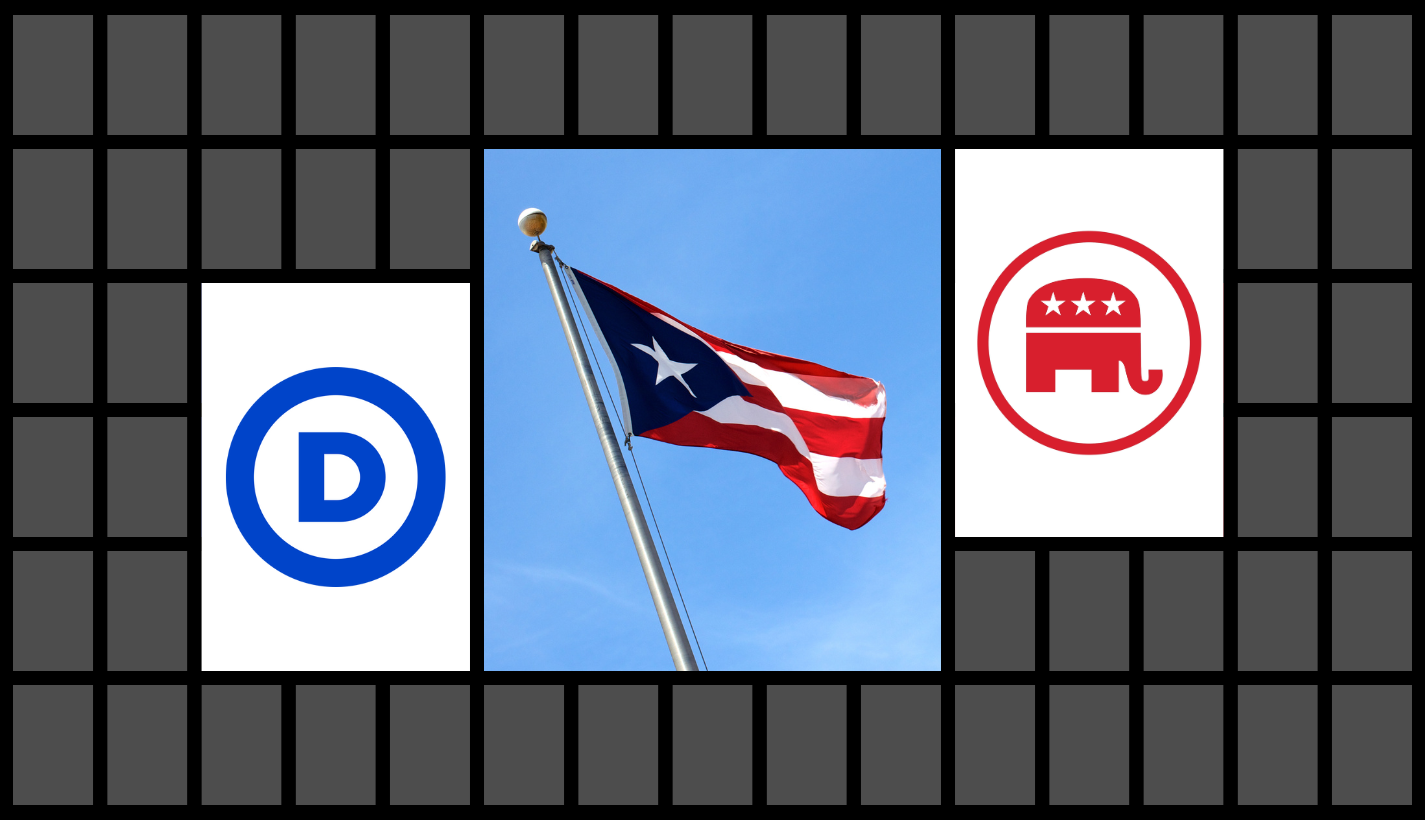
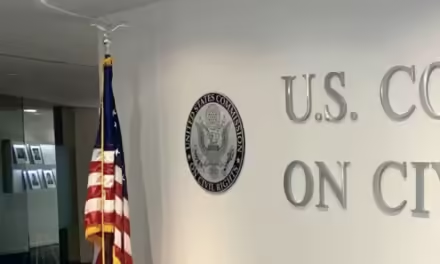
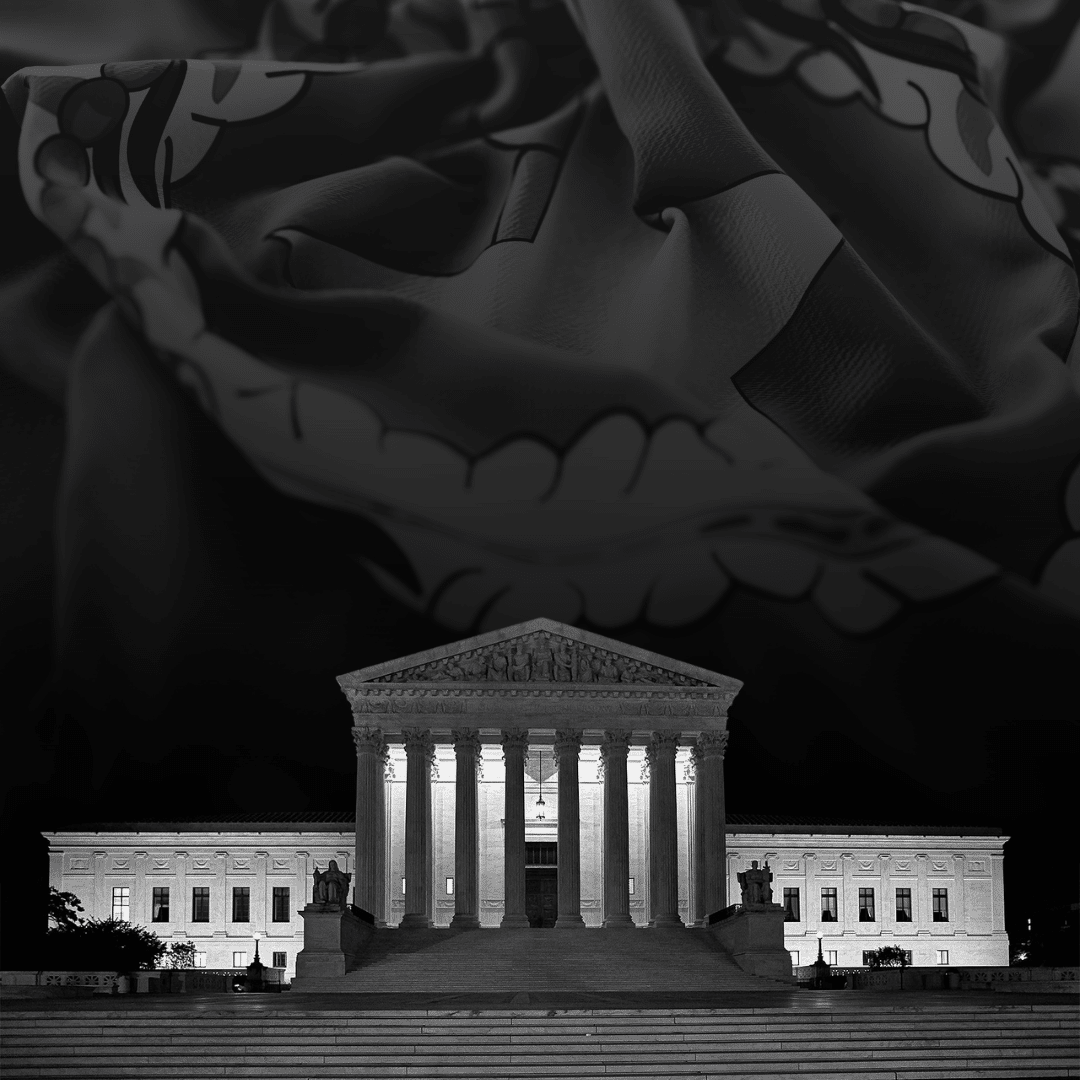
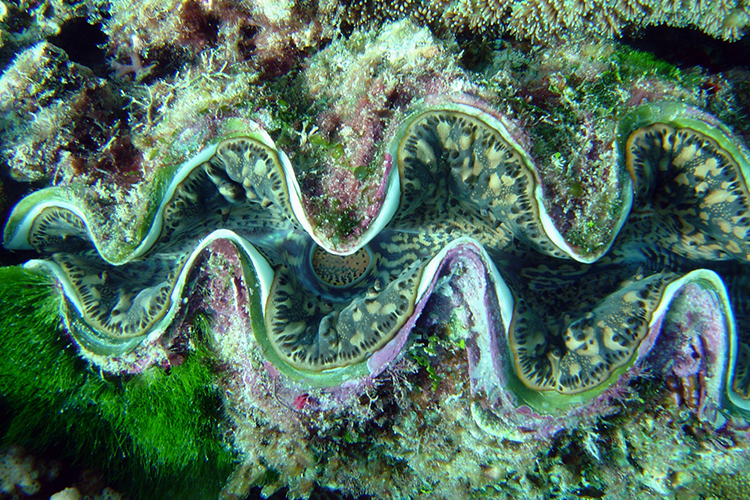
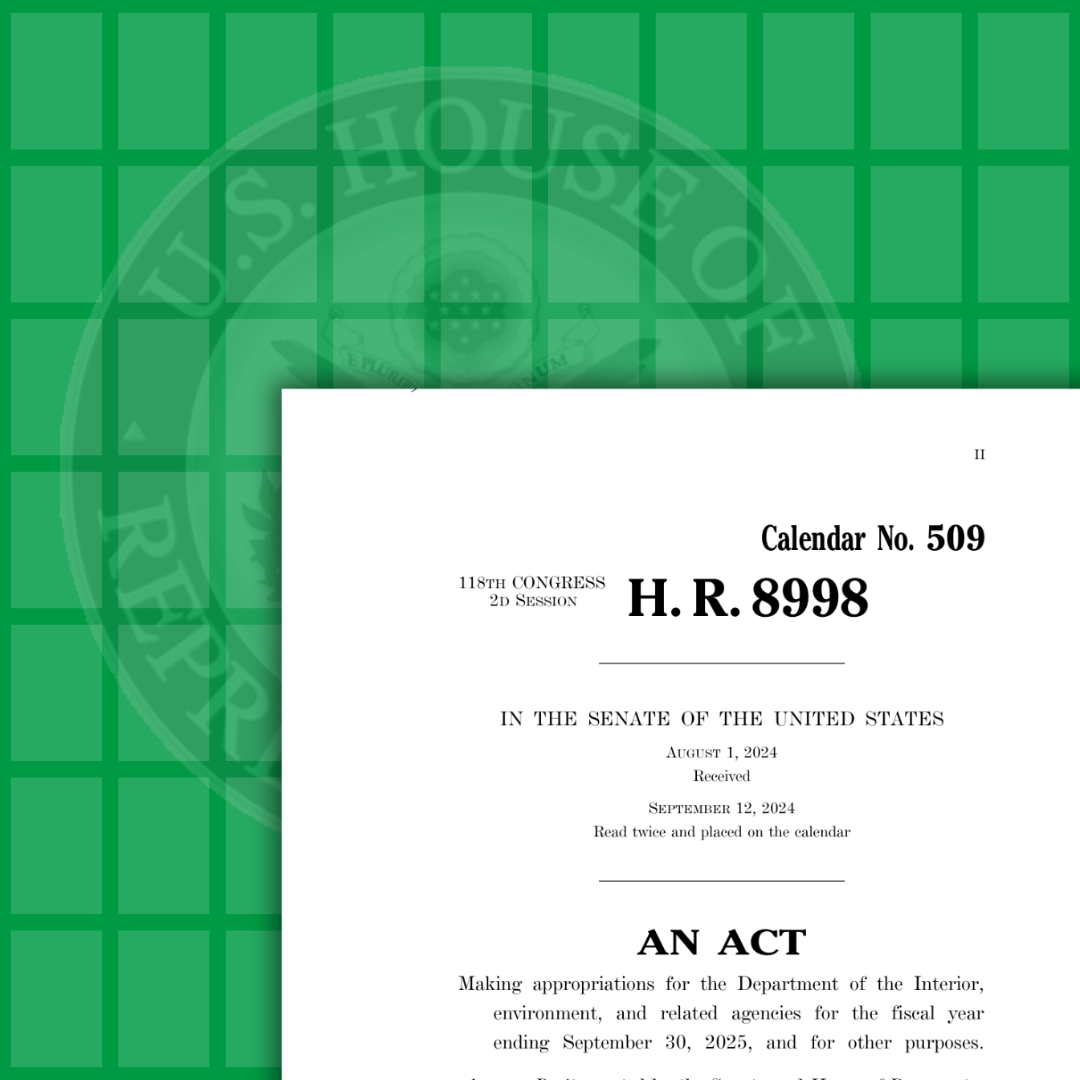
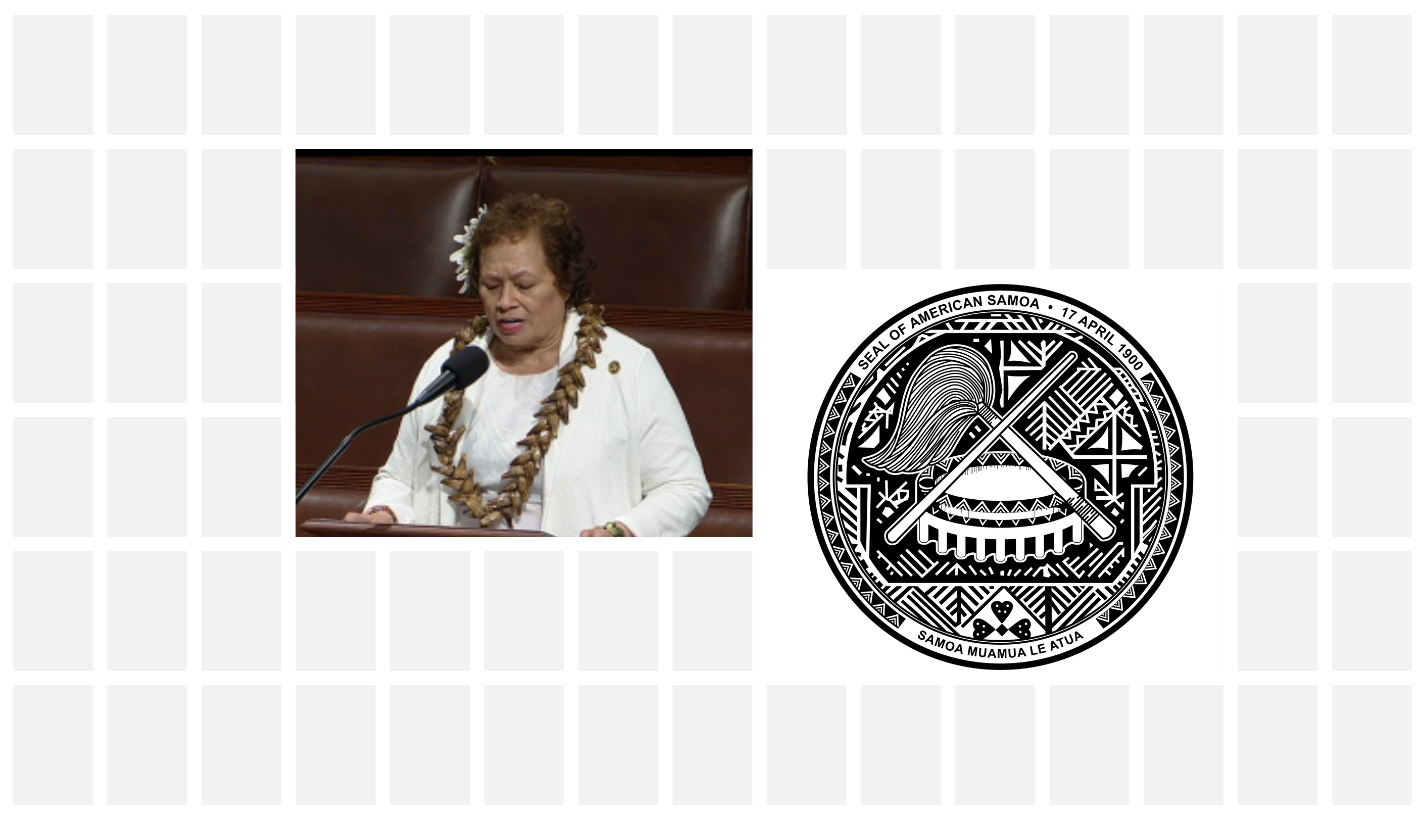
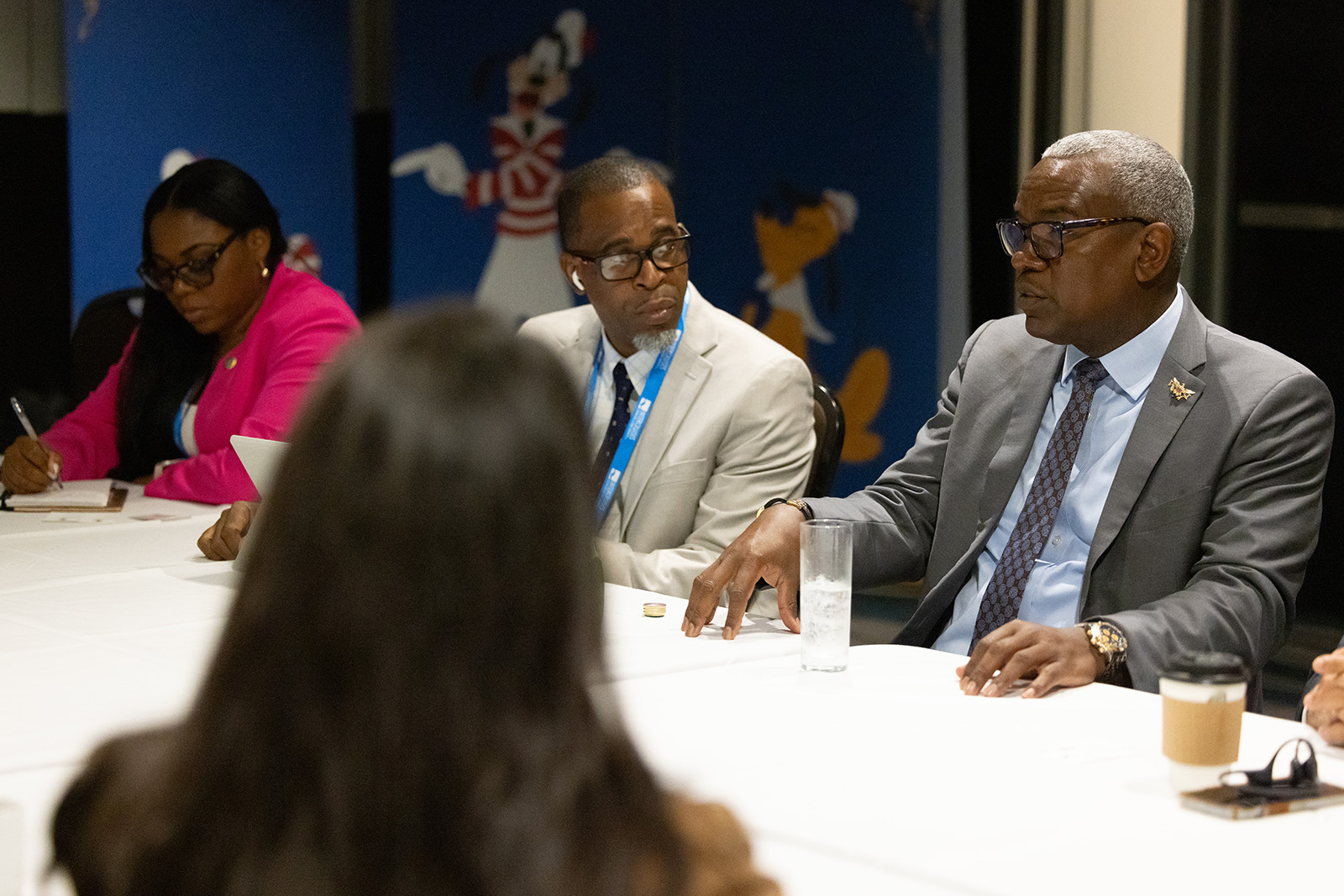
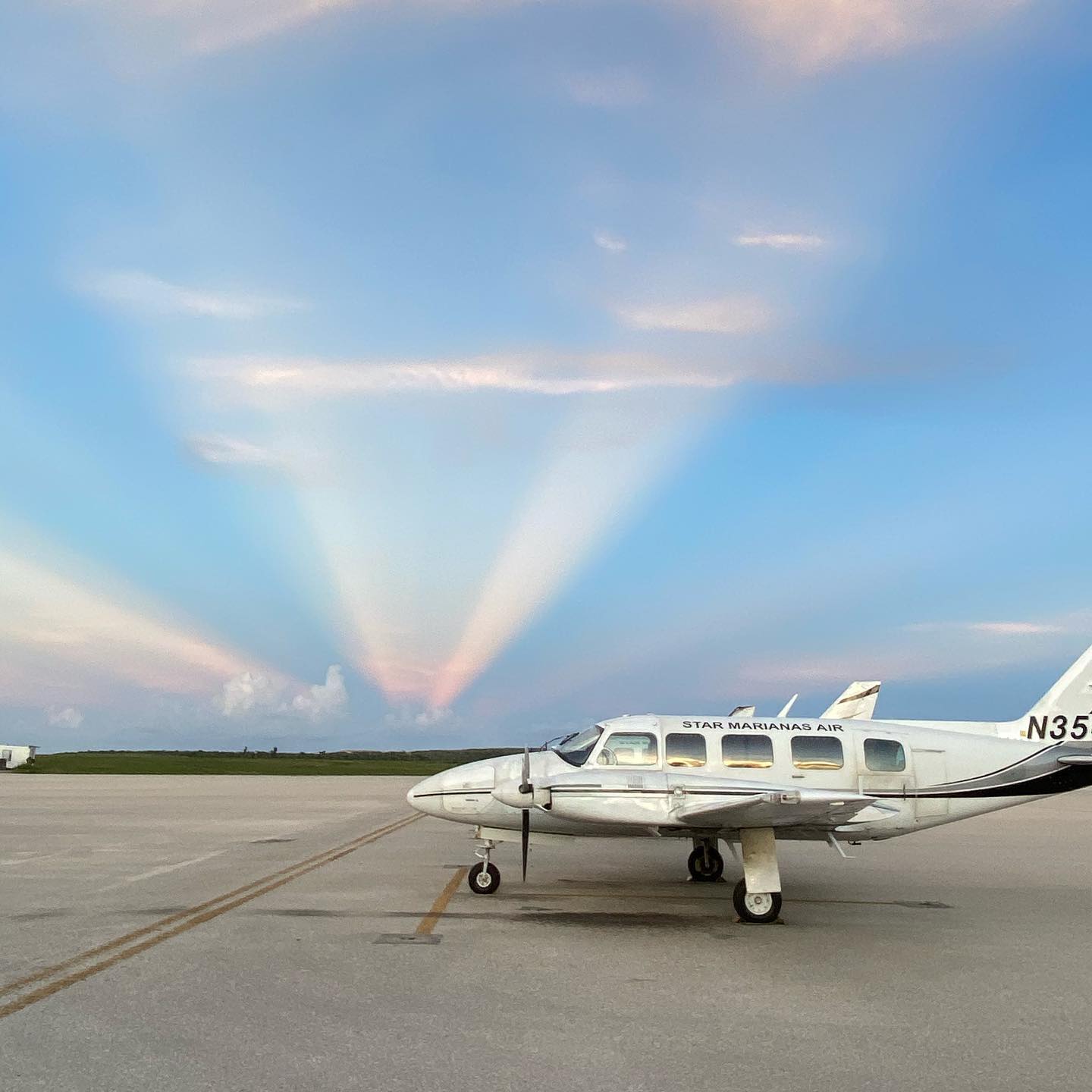
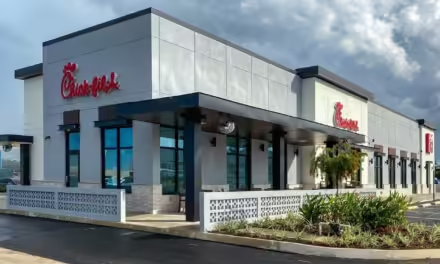


Statehood with Guam ASAP.